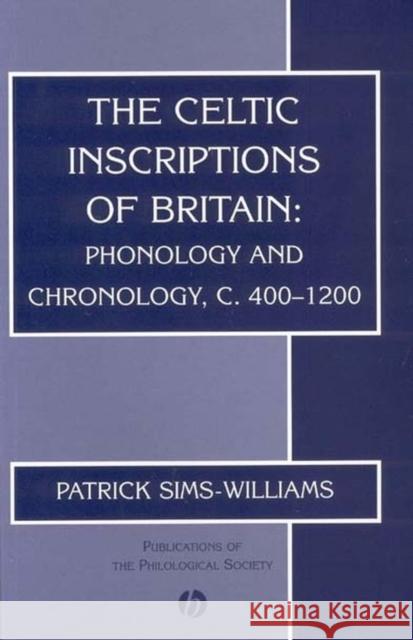The Celtic Inscriptions of Britain: Phonology and Chronology, C. 400-1200 » książka
topmenu
The Celtic Inscriptions of Britain: Phonology and Chronology, C. 400-1200
ISBN-13: 9781405109031 / Angielski / Miękka / 2003 / 480 str.
This is the first comprehensive linguistic study for 50 years of the stones from western Britain and Brittany, inscribed in the Roman and Irish Ogam alphabets.
- First comprehensive study for 50 years of the stones from western Britain and Brittany, inscribed in the Roman and Irish Ogam alphabets.
- Provides a linguistic analysis of the 370 Brittonic and Irish inscriptions.
- Presents new phonological evidence for the dating of the inscriptions.











